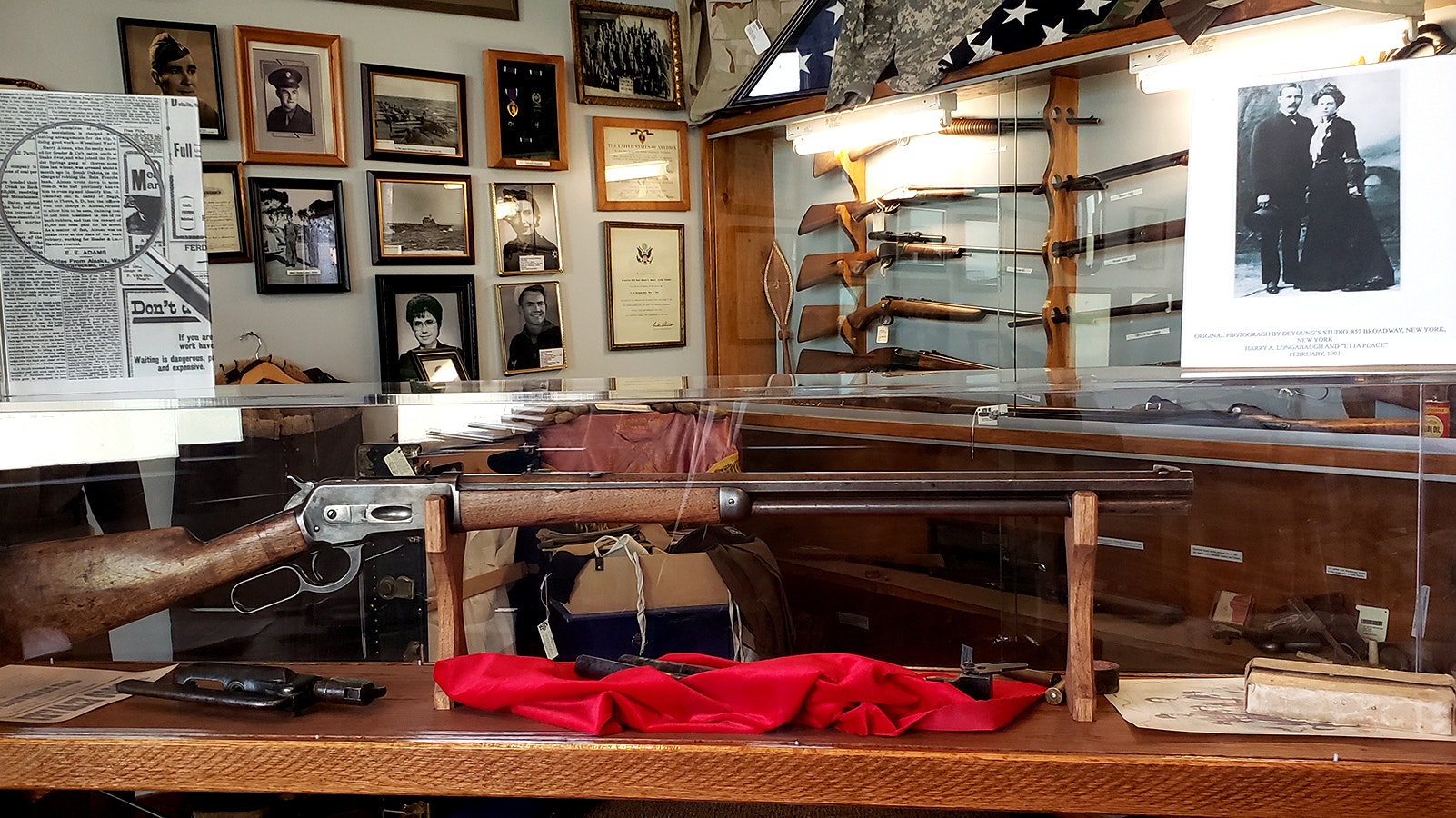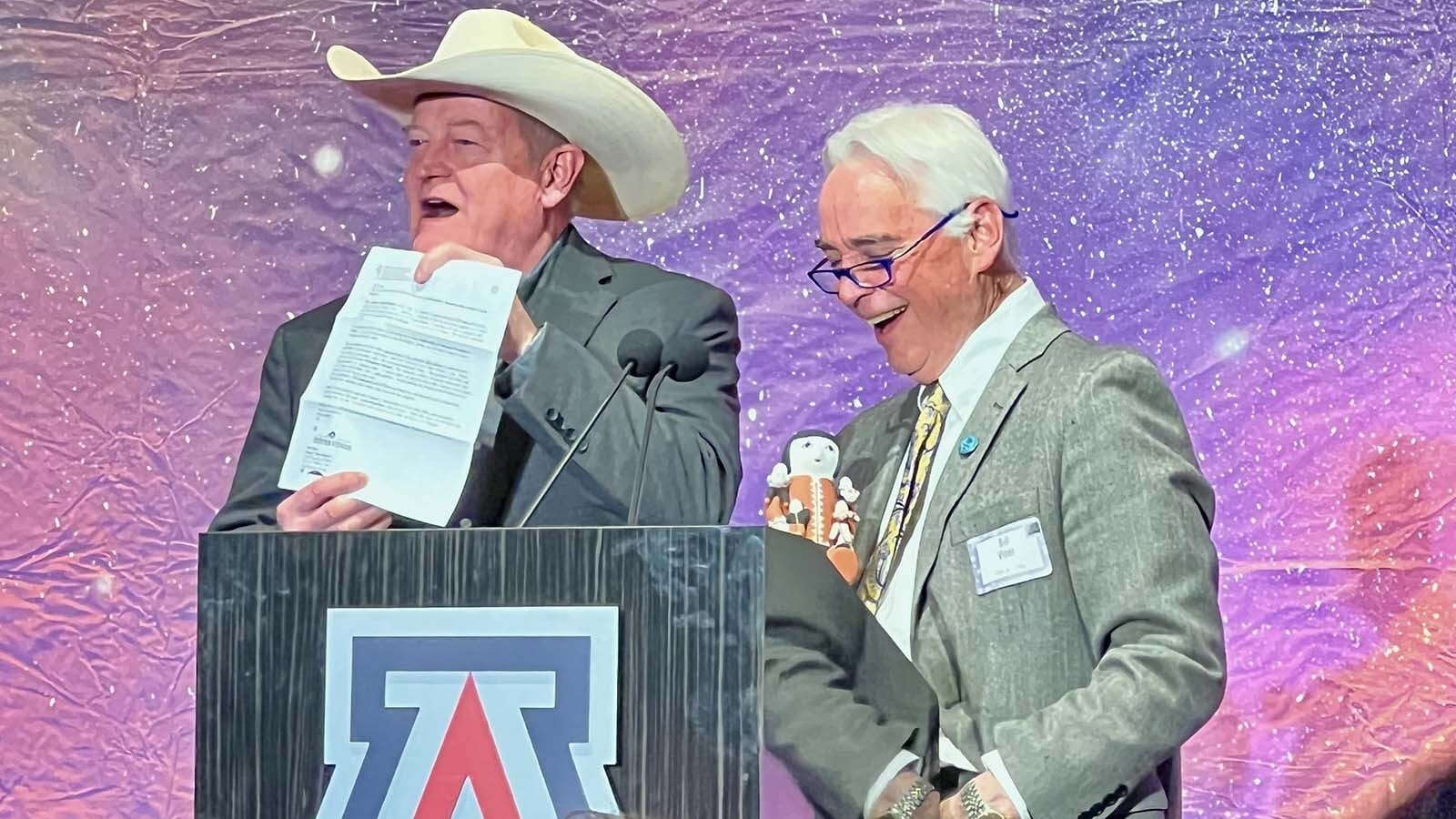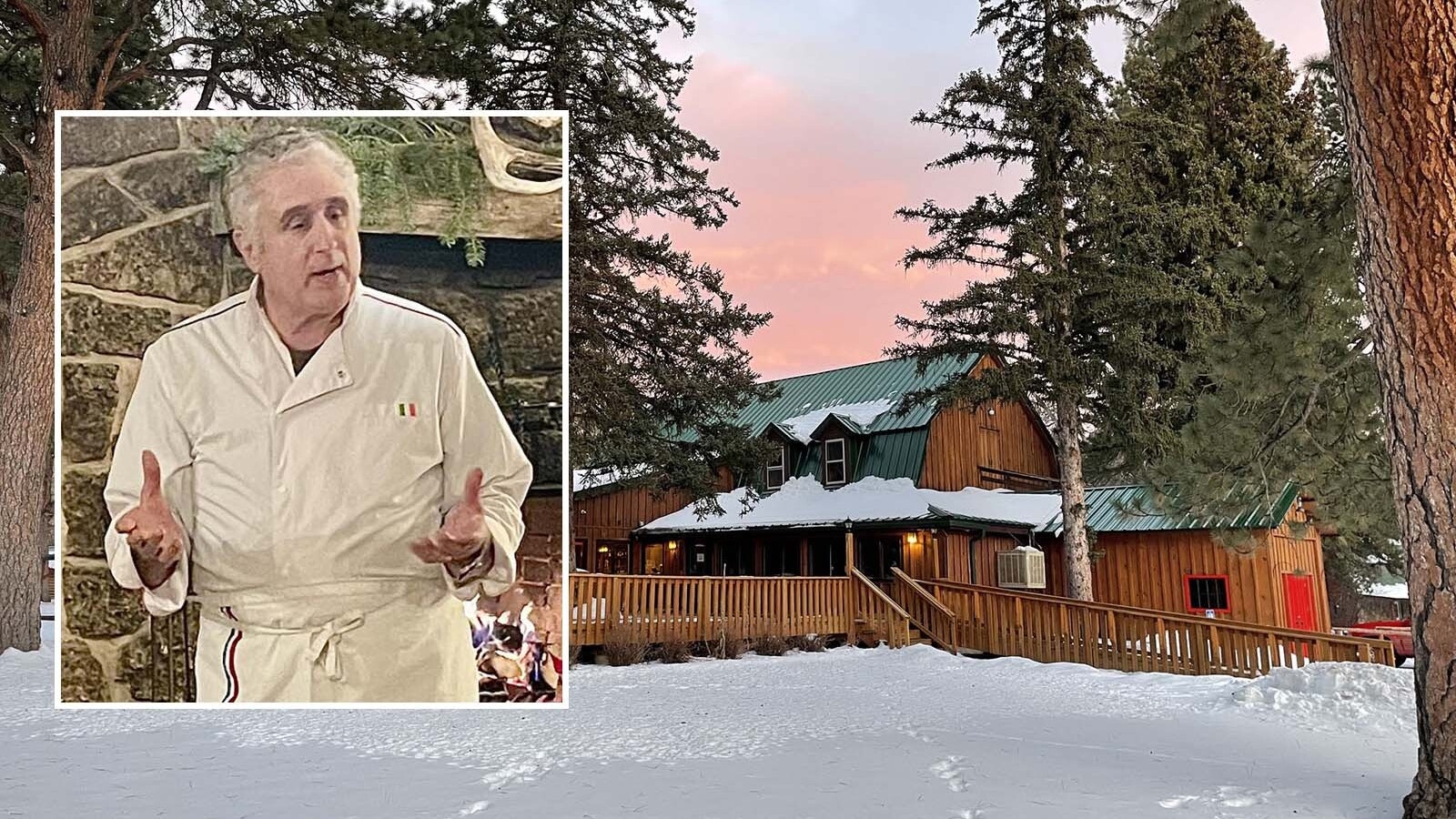SAVERY — Among the many treasures in the Little Snake River Museum in Savery, Wyoming is one that suggests Wyoming’s most infamous outlaw might have been innocent of at least one of the many crimes he has been accused of committing.
The item is a rifle that once belonged to Harry Alonzo Longabaugh, better known as the Sundance Kid.
Longabaugh gave the rifle to his friend Jesse F. Galloway in the year 1897. It was a thank you for his friend’s unsuccessful efforts to clear Longabaugh’s name in the infamous bank heist in Belle Fourche, South Dakota, which occurred in June of that year.
The bank heist didn’t go so well. In fact, many accounts suggest it was a comedy of errors.
That, in and of itself seems suspicious. The Wild Bunch at the time had a reputation for well-executed, professional campaigns.
But authorities were convinced members of the Wild Bunch, who were known to run with Longabaugh from time to time, were involved in the robbery. Tom O’Day, Kid Curry, and Walter Punteney among them.
The bank that was robbed was reportedly holding assets of around $30,000 — about a million dollars in today’s money, making it an attractive target.

Inexperienced Robbers Or Dumb And Dumber?
Accounts of the robbery differ in various historical accounts of the time. But the gist is that O’Day was to serve as the lookout. Instead, he apparently went on a drunken tear and was so inebriated, he lost his horse during the course of the robbery.
It either ran off when O’Day fired a warning shot, or after warning shots were fired by a resident sounding the alarm. Other accounts said it was a nearby shopkeeper in the hardware store across from the bank, who saw what was going on and raised the alarm.
In any case, once the shooting began, the would-be robbers in the bank needed to make a quick getaway. Various accounts put their ill-gotten gains between a mere$87 and $97. That would be about $3,500 in today’s money, but clearly not quite the haul they would have been hoping for.
O’Day, without his horse, tried to hide in a nearby outhouse, where he was quickly found by authorities and taken into custody on suspicion of robbery.
The other bandits rode out of town and gathered on a hill to watch for O’Day. As they waited, a blacksmith rode up, intending to capture them, but the blacksmith’s horse was shot out from under him by another well-meaning vigilante who was also after the thieves.
The robbers rode away in haste right after that. But, according to some accounts of the robbery, they managed to lose the $97, which they had stolen from the bank, during their escape.
With O’Day in custody, the trail of suspicion quickly led to other members of the Wild Bunch, including Longabaugh.
Longabaugh landed in jail, along with other Wild Bunch members accused of the crime, in September 1897.

A Letter Writing Campaign Begins
Longabaugh maintained that he couldn’t have robbed the bank because he wasn’t anywhere near South Dakota at the time of the robbery. He had started working for William Crawford Beeler in Slater, Colorado, in the winter of 1896 breaking horses. His employment with Beeler continued through mid-July 1897.
Longabaugh wrote letters to his friends in the Little Snake River Valley, among them J. Galloway and E. Lahey, asking them to come identify him and prove that he had been working with them on ranches that were in the Colorado-Wyoming area — far, far away from South Dakota in June 1897.
Both men set out on Oct. 11, 1897, for a long journey on horseback, traveling from the Little Snake River all the way to Pierre, South Dakota, where they offered sworn testimony that Longabaugh was working with them on ranches in the Colorado-Wyoming area when the bank robbery occurred.
A day after they set out, a different friend of Longabaugh’s, a man named Gillespie, who also lived on the Little Snake River, wrote a letter to his mother, confirming that Longabaugh was asking his friends for alibi witnesses from the Little Snake River area.
That particular letter is on file with the Little Snake River Museum in Savery as well, and is part of a trail of evidence suggesting Longabaugh might have been falsely accused.
When Galloway and Lahey arrived in Pierre to testify on Longabaugh’s behalf, the officers in charge not only wouldn’t release their friend, they wouldn’t even let the men see him. The officers said Longabaugh had already been positively identified as one of the bank robbers, and that the reward of $1,800 for his capture had already been paid out.
Historical records, which were not as well-kept as those of today, suggest that Longabaugh and Kid Curry subsequently overpowered their jailers and escaped.
O’Day, meanwhile, was later found innocent while the charges against Punteney were dropped.
Longabaugh gave his rifle to Galloway sometime after that, and eventually Galloway’s family donated it to the Little Snake River Museum.
That’s where it remains to this day, on display as an intriguing piece of a historical record that suggests Longabaugh may not have committed quite as many crimes as he’s been accused of.
Renée Jean can be reached at renee@cowboystatedaily.com.





